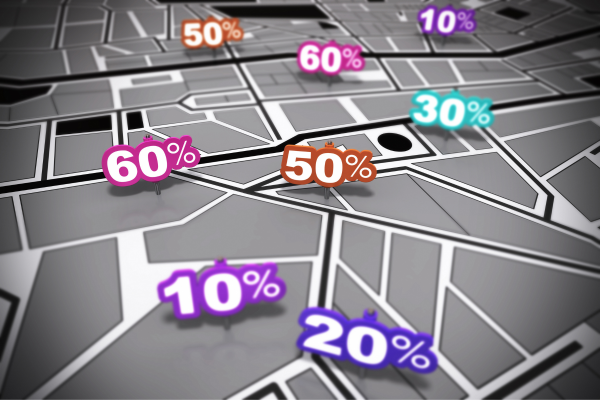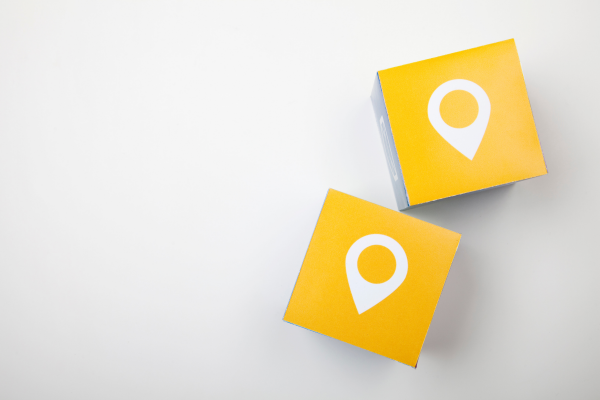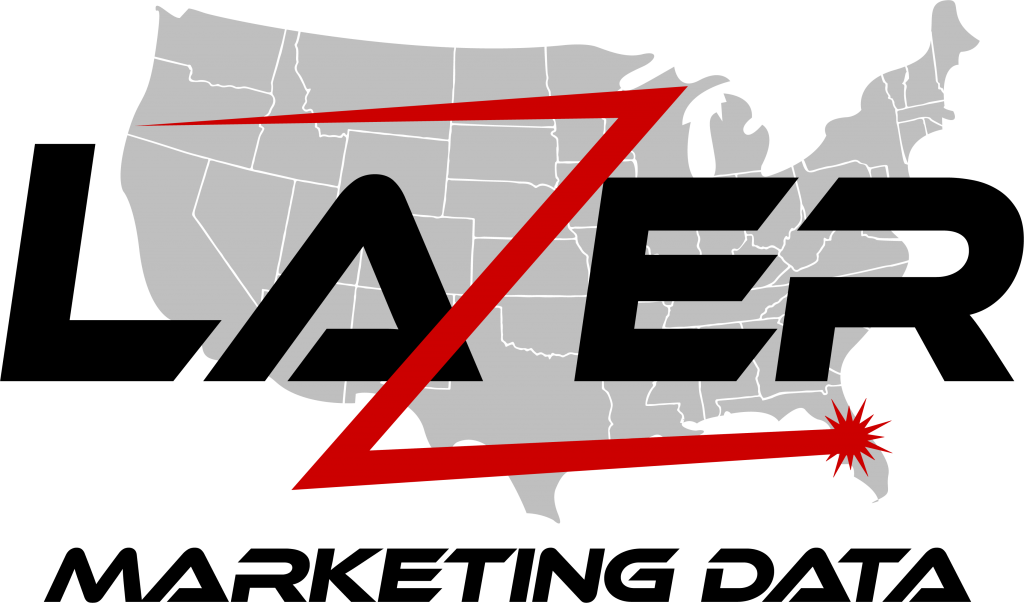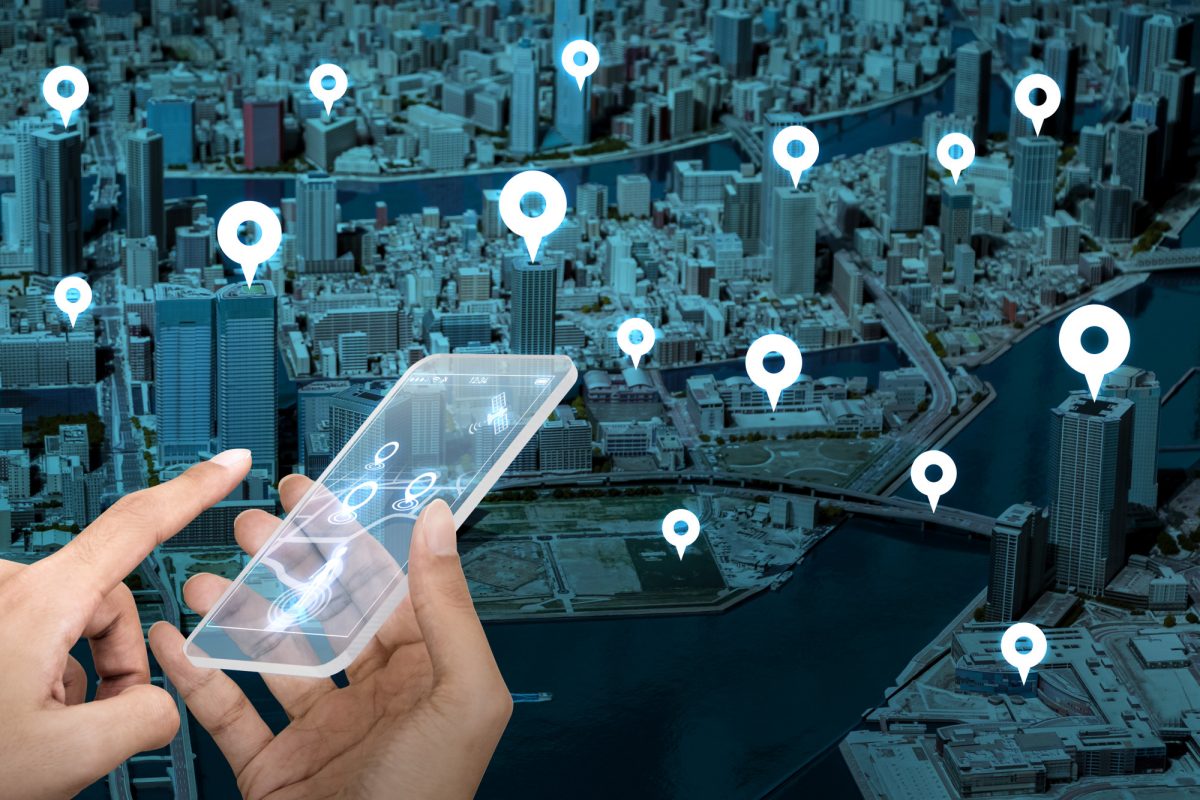“While I’m here…”
How many times have you found yourself buying something because you’re in the area and you figure you may as well save yourself a trip?
Location-based advertising (LBA) is exactly that; it’s the “while I”m here” of marketing.
Not only is LBA an incredibly exciting concept, but it’s one of the fastest-growing marketing strategies for brick and mortar businesses.
If you’ve been looking for a solution to expensive or non-performing ads, then read on.

What Exactly Is Location-Based Marketing?
Location-based advertising or marketing is exactly what you’d expect: It’s a method of engaging your ideal audience when they are in the best physical location to act on your message. A simple example is a restaurant that sends out a promotional lunch code to your phone when you are within a 5-mile radius of their location.
However, that is just one example of what is evolving into a remarkable marketing strategy for smart businesses.
LBA is based on a collection of user information such as age, gender, behaviors, buying habits, and, of course, location. It is also linked to external factors such as weather, season, activities, and events. The unprecedented use of smartphones offers legitimate marketing agencies most of the information they require to craft accurate and timely messages.

Types of Location-Based Advertising
Attracting foot traffic into a physical store in today’s hyper-competitive world is no easy task. Therefore, if you are determined to get noticed by the right people at the right time, then you may want to explore some of these location-based advertising ideas.
Geotargeting
Geotargeting is the simplest form of location-based marketing and uses real-time data from a mobile service provider to show ads based on a user’s location. It’s not the most precise of the LBA options, so it’s best used in a broad sense such as within a town or city.
Hyper-Contextual Targeting
Targeting a broad geographical area such as a city or town certainly has its benefits, but the real magic of location-based advertising lies in its ability to zoom in on a particular area, age group, situation, or gender. This makes your message meaningful and relevant to the recipient.
What does this look like?
Let’s assume that it’s the first day of the school summer holidays. A local waterpark may consider sending out a 10% discount coupon along with a compelling image of kids having fun on a water slide with their friends.
They choose to send it to an area that is within 5 miles of a nearby primary school, knowing that their target audience of young families is clustered close to the school. They make sure to send it on a warm and sunny day and do so early in the morning.
The factors that make this campaign successful are:
- School holidays can be hard work for parents and they now have a suggested activity that they can do with their children.
- The ad is sent on the first day of the holidays and not a week before where it may be forgotten.
- The ad imagery shows the parent a group of children having fun, and isn’t that what we all want for our little ones?
- This same campaign would fall flat in colder months, but watching the weather and knowing that a hot day will drive people to seek a refreshing activity taps into user common behavior.
- Families often live close to their child’s school, and targeting the location around a primary school will reach a good percentage of this demographic.
- The campaign is sent early enough in the morning to make it feasible for a mom to get her little ones together for a day out.
The relevance and timing of this ad will certainly reap benefits, don’t you agree?
Place-Based Targeting
Place-based ads differ from geotargeting in that they focus on an area during a specific time or date. For example, a major football event would bring people to a certain location at a particular time and day.
Further to that, there would be time slots during half-time, and before and after the game that advertisers could use proactively.
Geofencing
Geofencing is also known as radius targeting. It is a precise way to engage with people within a predefined radius of your store.
In shopping malls, where there may be several retailers in competition with you, a geofence strategy pushes out a compelling message with a promotional discount or special offer at the right time.
Geo Conquesting
Geo conquesting is much like geofencing, but with a twist. This strategy allows you to communicate your specials or offers to customers when they are in your competitor’s location.
Let’s face it, people generally like to shop around. Geo conquesting gives them that opportunity.

Next Level Marketing With LVD Technology
Location Visitor Data (LVD) is the tech of choice for serious businesses that want to harness the power of LBA to find people who are actively seeking their service, and who fall within the location that they are targeting. This potent mix of data is available to marketers and businesses who are eager to make use of MAIDS (mobile advertising IDs) for highly targeted marketing.
What does this look like in practice, and how does it trump geofencing?
Let’s take an example: Our team put a digital fence around an automotive service center and collect MAIDs. We then model the MAIDs to our opt-in consumer file to find people who have visited these service centers. This invaluable data is made available to agencies or dealerships for marketing purposes. It targets the exact demographic that they seek, including those who visit their competitors,
This becomes first-party data to those who choose to purchase it and can be used to market to the same valuable prospects over time. An added benefit is that it creates an excellent replacement for website cookies which, as we know, are undergoing some changes and may not be a viable option for marketing purposes in the near future.

How Do I Get Started?
We agree that location-based advertising is a brilliant idea for your business. LBA works because it satisfies a major element of our behavior, that of instant gratification. For businesses, it offers pinpoint precision to marketing campaigns and a great ROI.
However, you’ll also notice that several elements need to be in place before you start your campaign. For example, you will need to understand your customer behavior, you will need legal access to their real-time data, and then be able to tie it all together with a compelling campaign.
If you’d like to see how LBA can work for your business, we invite you to book a free demo and make sure you’re in the right place at the right time.

